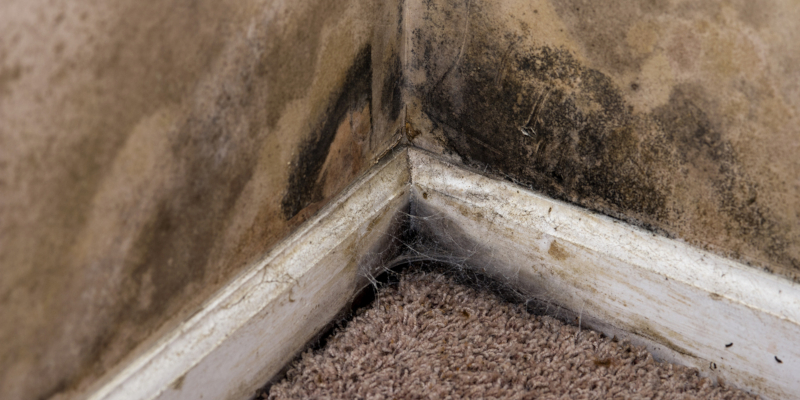Here at Davie Property Restoration, we know that you care about your home, and we want to help you keep it in the best possible condition. We provide a variety of damage restoration services, but we specialize in mold removal in particular. In our experience, many homeowners have trouble recognizing mold, and therefore don’t know to do anything about it until significant damage has been done. To help you avoid mold damage to your home, in this article, we will go over some of the best ways to identify it.

- By Sight- Fortunately, one of the most common types of mold, called mildew, is also one of the easiest to spot. Mildew appears as black spots that grow into larger colonies, and it typically appears in damp areas such as in your shower, under your sink, or on shaded patches of your house’s siding.
- By Feel- Another way to determine whether you have mold damage is to see how the surface feels. Specifically, some types of mold cause rot, which will weaken the affected surface. Probe the area with a screwdriver or other tool, and if it crumbles or feels too soft, then you have mold.
- By Inference- A third way to determine whether you have mold in your home is by looking for related problems, particularly leaks. Because mold loves moisture, leaks give it the ideal environment to grow. If you know there is or has been a leak in your home, we at Davie Property Restoration encourage you to give us a call to have our experts inspect the area for mold damage.
- By Smell – Mold does not always have a strong smell but when it is present, it’s often described as earthy, tangy, or resembling the odor of wet socks or rotten wood. These unpleasant smells come from the microbial volatile organic compounds (MVOC) mold releases as it grows. If you notice that the air in your home has a unique smell that you can’t pinpoint, you might want to start looking for mold.
